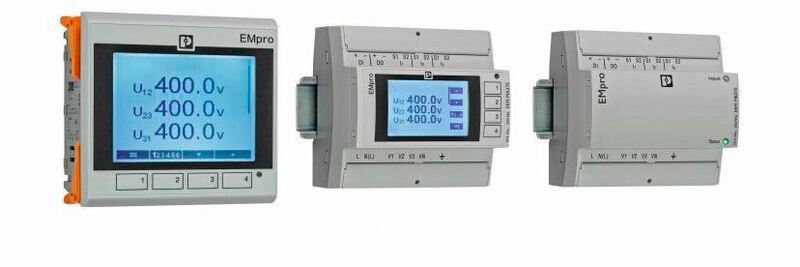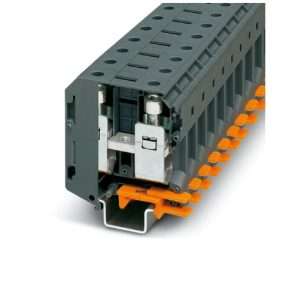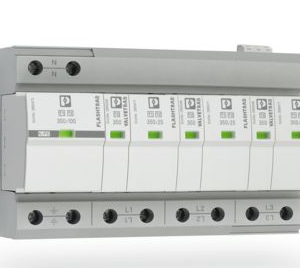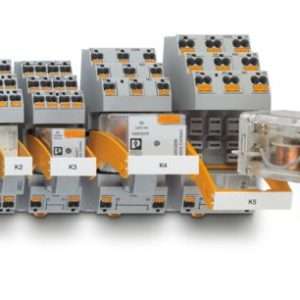Energy Measuring Device
An energy measuring device is a sophisticated tool designed to track and monitor the electricity consumption of connected devices or entire systems. It provides real-time data on energy usage, voltage, current, and power factor, often displayed on an LCD or LED screen. The device stores historical energy usage data, enabling users to analyze consumption patterns over time. Many models offer wireless connectivity, supporting Wi-Fi or Bluetooth for remote monitoring and control through smartphones, tablets, or computers, and are often compatible with smart home systems. Users can receive alerts for unusual energy consumption, aiding in the identification of potential issues or inefficiencies.
Additionally, some devices provide energy-saving tips based on collected data, promoting energy efficiency and cost savings. Advanced models feature load dis aggregation, which separates the energy consumption of different devices or appliances within the system for more detailed analysis. They also integrate with renewable energy sources, such as solar panels or wind turbines, offering a comprehensive view of energy flow. These devices typically have user-friendly interfaces with easy-to-navigate menus and options for configuring settings, viewing data, and generating reports.
Designed for portability and easy installation, many energy measuring devices feature a compact, plug-and-play design. They also conduct power quality analysis, measuring aspects such as voltage dips, surges, and harmonics to ensure the health and efficiency of electrical systems. Some models include battery backups to continue monitoring during power outages, ensuring uninterrupted data collection. Users can generate customization reports on energy usage, cost estimates, and efficiency metrics, which can be exported in various formats like PDF or Excel. These devices are versatile, supporting multiple electrical standards and protocols, and include safety features such as surge protection, over current protection, and temperature monitoring to prevent damage to the device and connected equipment.





Reviews
There are no reviews yet.